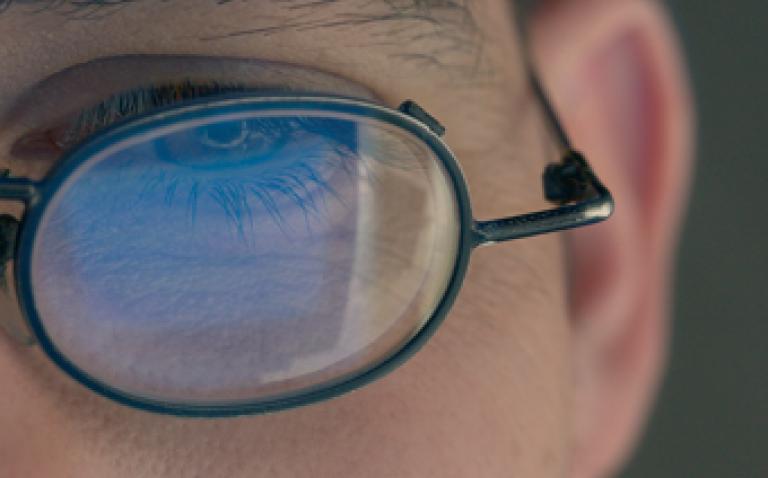If you want your e-mails to be read and the Internet links included in them opened, you have to pay attention to design, according to a study of e-mails pertaining to prescribing medications.
Recipients are more likely to access the information offered if the e-mails are designed attractively. This also applies to important medical information sent to a large user group.
This is the conclusion reached in a study conducted at the Department of Clinical Pharmacology and Pharmacoepidemiology of Heidelberg University Hospital. The researchers determined that information on prescribing medication was used more often when it was not sent simply as a text e-mail with a link, but included graphic design elements as well, which, however, should not be animated. The choice of an aesthetically pleasing font (Times instead of Courier) also had a positive effect. The study has now been published in the Journal of the American Medical Informatics Association.
New developments from the pharmaceutical advisory AiDKlinik are now sent by e-mail.
The electronic pharmaceutical advisory AiDKlinik, developed by the Department of Internal Medicine VI, Clinical Pharmacology, has been in use at Heidelberg University Hospital since 2003. More than 6,500 employees of the clinic can access comprehensive information on all commonly used drugs and their recommended dosages from their computer. New developments of the system such as the integration of discount agreements, inclusion of warnings on intolerance of infusion solutions, or searches for allergenic excipients are communicated to all users on a regular basis.
“We naturally are very interested in having this information actually reach the user. In view of the flood of e-mails, this is becoming increasingly difficult,” explained Professor Dr Walter E Haefeli, Medical Director of the Department of Internal Medicine VI at Heidelberg University Hospital. But how should an e-mail be designed so that it is read and not just ignored or deleted as spam? The Heidelberg researchers found no specific recommendations in relevant literature and thus decided to scientifically investigate this issue on their own.
At an interval of six months, an e-mail on new functions of the electronic pharmaceutical advisory, namely, a warning on interaction between pharmaceuticals and an excipient for the selection of medication during pregnancy was sent to all of the approximately 6,500 addresses of the Heidelberg University Hospital. “We sent the e-mails in five formats with identical contents. Forty percent of the users received them in pure text format (Times New Roman or Courier, pictures 4 and 2), twenty percent in Arial shadow (picture 3), and twenty percent each as a graphic design or animated e-mail (pictures 5 and 1), each with a “click” button, reports Jens Kaltschmidt, software specialist in the Department of Internal Medicine VI.
After the two postings, a total of 21.1% and 23.5% of the recipients opened the link – a comparably high percentage, as is known from other studies. Graphically designed e-mails were clearly more successful than simple text e-mails; they were opened by a maximum of 32% of users, the animated ones less often than the static graphic e-mails. “In particular, legibility and attractive design are rewarded,” says Jens Kaltschmidt. A simple trick can be very effective – switching from a rather old-fashioned font such as Courier to Times moved 73% more users to access the information in the link.










